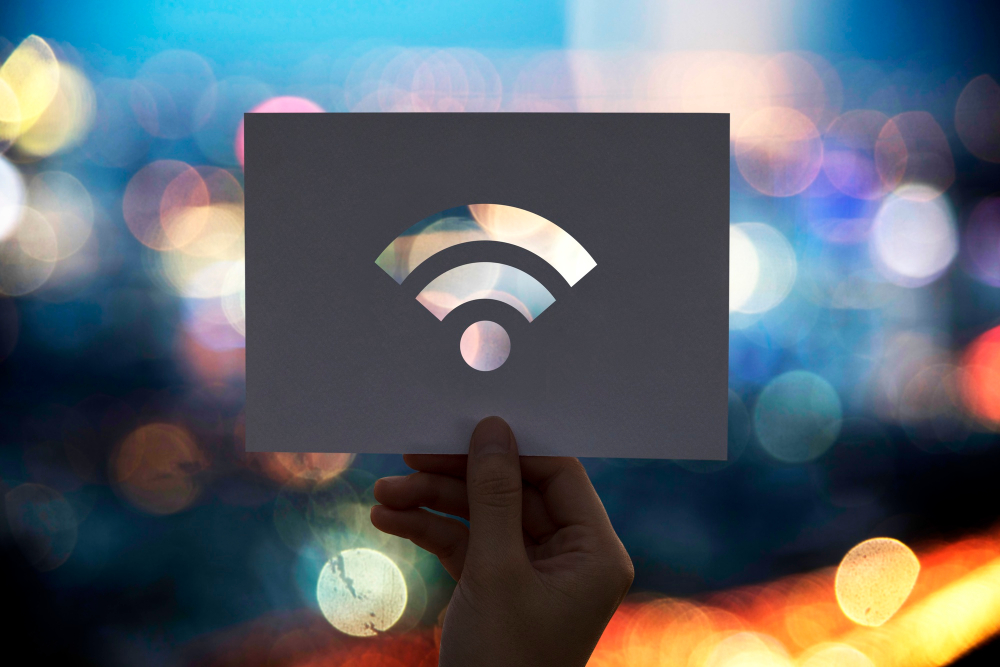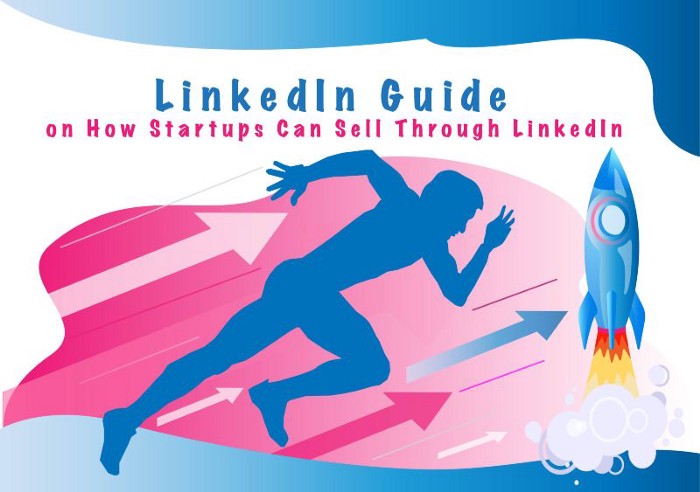6 game-changing LiFi technologies you need to know about

6 game-changing LiFi technologies you need to know about
Wireless power, artificial intelligence, blockchain, virtual reality, 5G, and the internet of things are all technologies that are rapidly evolving and changing the way we live and work. Here is a look at six of the most game-changing lifi technologies you need to know about. Wireless power is a technology that allows devices to be powered without being plugged into an outlet. This can be done through the use of a charging pad or by using a device that emits wireless power. Wireless charging is becoming more common, with many smartphones and laptops now coming with the ability to be charged wirelessly. Artificial intelligence is a technology that allows machines to learn and work on their own. This technology is being used in a variety of ways, including in self-driving cars, automatic customer service, and fraud detection. Blockchain is a technology that allows for the secure and transparent recording of transactions. This technology is being used in a variety of ways, including in the cryptocurrency market and in supply chain management. Virtual reality is a technology that allows users to experience a simulated environment. This technology is being used in a variety of ways, including in video gaming, education, and healthcare.
1. What is LIFI?
LIFI is a communication technology that uses light to transmit data and information. It is a wireless technology that uses visible or invisible light to transmit data wirelessly. LIFI is a high-speed, bidirectional network that can transmit data at very high speeds. LIFI technology is based on the principle of free-space optics.
LIFI technology has many advantages over other wireless technologies. It is very secure as it uses visible or invisible light which cannot be intercepted. It is also very fast and can transmit data at very high speeds. LIFI is also very energy efficient and does not emit any electromagnetic radiation.
There are many potential applications of LIFI technology. It can be used in data centers, offices, homes, and public spaces. LIFI can also be used for communication between devices, such as between a computer and a printer. LIFI can also be used for communication between humans, such as for video conferencing.
LIFI technology is still in its early stages of development and is not yet commercially available. However, there are many companies working on developing LIFI technology and it is expected to be commercially available in the near future.
2. How LIFI is changing the game?
LIFI is a game-changing technology that is revolutionizing the way we communicate. It is a wireless communication technology that uses light to transmit data. LIFI is faster, more secure, and more energy-efficient than traditional wireless technologies.
LIFI is changing the game by providing a better way to communicate. LIFI is faster than traditional wireless technologies, more secure, and more energy-efficient. LIFI is also more scalable, making it ideal for future applications.
LIFI technology is being used in a variety of applications, including:
1. Home networking
2. Commercial networking
3. Military applications
4. Automotive applications
5. Industrial applications
LIFI is changing the game by providing a better way to communicate. LIFI is faster, more secure, and more energy-efficient than traditional wireless technologies. LIFI is also more scalable, making it ideal for future applications. LIFI technology is being used in a variety of applications, including: home networking, commercial networking, military applications, automotive applications, and industrial applications.
3. The six gamechanging LIFI technologies you need to know about.

LIFI is a new technology that is rapidly gaining popularity. It uses light to transmit data, and offers many advantages over traditional methods such as WiFi. LIFI is more secure, more energy efficient, and can provide higher speeds. Here are six game-changing LIFI technologies that you need to know about.
1. LIFX
LIFX is a new type of light bulb that uses LIFI technology to connect to your home network. LIFX bulbs are more energy efficient than traditional incandescent bulbs, and they can be controlled using your smartphone or tablet. LIFX bulbs are available in a variety of colors, and they can even be used to create custom lighting scenes.
2. Philips Hue
Philips Hue is another popular LIFI-enabled light bulb. Like LIFX bulbs, Philips Hue bulbs are more energy efficient than traditional incandescent bulbs, and they can be controlled using your smartphone or tablet. Philips Hue bulbs are available in a variety of colors, and they can also be used to create custom lighting scenes.
3. Belkin WeMo
Belkin WeMo is a line of LIFI-enabled products that includes light switches, plugs, and cameras. WeMo products can be controlled using your smartphone or tablet, and they allow you to automate your home. For example, you can set your WeMo light switch to turn off at a certain time, or you can set your WeMo plug to turn on when your WeMo camera detects motion.
4. Cree Connected LED Bulb
The Cree Connected LED Bulb is an energy-efficient LED bulb that uses LIFI technology to connect to your home network. The Cree Connected LED Bulb can be controlled using your smartphone or tablet, and it can be used to create custom lighting scenes. The Cree Connected LED Bulb is available in a variety of colors, and it uses less energy than traditional incandescent bulbs.
5. Sylvania Smart+ A19 LED Bulb
The Sylvania Smart+ A19 LED Bulb is an energy-efficient LED bulb that uses LIFI technology to connect
4. How LIFI is changing the way we live and work?
LIFI is a new technology that is changing the way we live and work. It is a wireless communication technology that uses light to transmit data. LIFI is different from other wireless technologies because it is much faster and more efficient. LIFI can be used in a variety of applications, including:
1. Home networking: LIFI can be used to create a high-speed wireless network in your home. This can be used to connect your computer, smartphone, and other devices to the internet.
2. Business networking: LIFI can be used to create a high-speed wireless network in your office. This can be used to connect your computer, printer, and other devices to the internet.
3. Vehicle networking: LIFI can be used to create a high-speed wireless network in your car. This can be used to connect your computer, smartphone, and other devices to the internet.
4. Industrial networking: LIFI can be used to create a high-speed wireless network in factories and other industrial settings. This can be used to connect machines and other devices to the internet.
LIFI is changing the way we live and work because it is a more efficient and faster way to connect to the internet. LIFI can be used in a variety of applications, including: home networking, business networking, vehicle networking, and industrial networking.
5. The future of LIFI.
The future of LIFI is looking very promising. There are many new and innovative technologies that are being developed that have the potential to change the way we use the internet forever. Here are five of the most game-changing LIFI technologies that you need to know about:
1. Li-Fi enabled devices: There are already a few devices on the market that are Li-Fi enabled, such as the Philips Hue light bulbs. This technology has the potential to revolutionize the way we use the internet in our homes and offices, as it would allow us to connect to the internet using visible light instead of radio waves.
2. Li-Fi enabled cars: There are also a few companies working on developing Li-Fi enabled cars. This would allow drivers to connect to the internet while on the go, without having to worry about using data plans or suffering from poor signal quality.
3. Li-Fi enabled phones: A few companies are also working on developing Li-Fi enabled phones. This would allow users to connect to the internet using visible light, which would be much faster and more efficient than using radio waves.
4. Li-Fi enabled laptops: There are also a few companies working on developing Li-Fi enabled laptops. This would allow users to connect to the internet using visible light, which would be much faster and more efficient than using radio waves.
5. Li-Fi enabled TVs: There are also a few companies working on developing Li-Fi enabled TVs. This would allow users to connect to the internet using visible light, which would be much faster and more efficient than using radio waves.





Responses